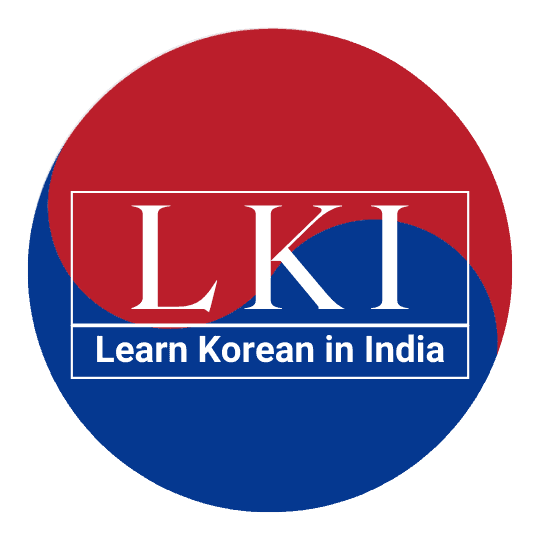Let's learn how to use "V+(으) 면 되다 [Korean grammar]" and make some example sentences.
V/A +(으)면 되다 (Korean Grammar)
USE:
V/A +(으)면 되다 Korean grammar pattern is used to show the minimum requirement that is required to achieve a result.
It's equal to "It’s enough to or you just have to" in English.
CONJUGATION RULE:
-(으)면 되다 grammar can be used with verbs and adjectives. The first step of ‘(으)면 되다’ conjugation is to remove ‘다’ from the base form of the verb or adjectives.
- If the verb/adj stem is ending with a final consonant (받침), we use v+ (으)면 되다.
- If the verb/adj stem is ending with any vowel( without patchim) then ‘v+ 면 되다’ is used.
So let's take a verb 먹다(to eat). if you remove 다 from 먹다, 먹 (stem) is left. And then, look at the stem. So in the 먹, is ending with final consonant i.e. Patchim.
According to the conjugation rule, if the stem is end with Patchim, we add (으)면 되다.
so it becomes ‘먹으면 되다’ or ‘먹으면 돼요.
EXAMPLE SENTENCES:
- 지금 가면 돼요. ( You can go now.)
- 7시까지 오면 돼요.( you can come by 7.)
- 숙제를 끝냈으니까 친구를 만나면 돼요. (You finished the homework, so you can meet your friend.)
- 시험을 통과하려면 30점만 넘으면 돼요. (You only need to get over 30 points to pass the exam.)
- 질문이 있으면 손을 들고 이야기하면 돼요. (If you have any questions, it's ok to raise your hand and talk.)
V-(으)면 안 되다 - shouldn't, be not allowed
If you want to say that you or someone else cannot do something, or that something is not possible, you can just attach -면 안 되다 to a verb or adjective.
For example:
- 지금 말하면 안 돼요. (You can’t talk right now.)
- 실내에서 담배를 피우면 안 돼요. (Smoking indoors is not allowed.)
- 운전 중에 전화하면 안 돼요. (Using phone while driving is not allowed.)
TIP
-(으)면 되다 commonly used with fillers like 그냥 and만.
For example:
- 그냥 여기에 이름과 연락처를 쓰면 돼요. ( You just need to write your name and contact details here.)
- 그냥 오면 돼요.( You just need to come.)

